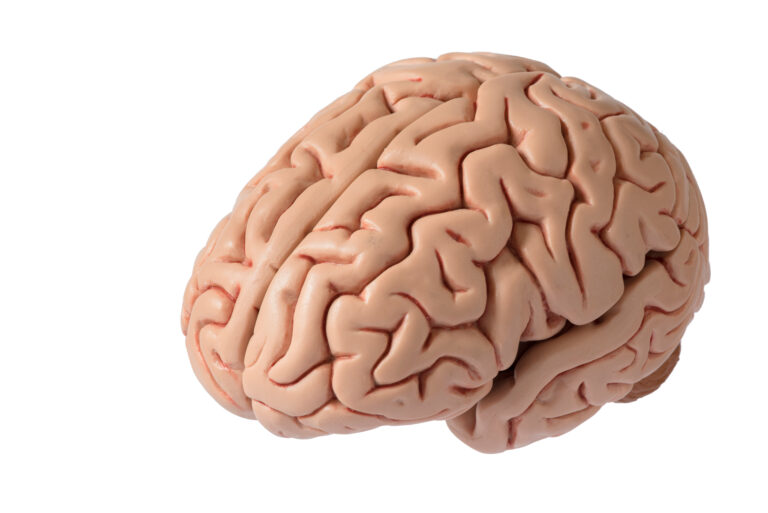Dementia is a progressive neurodegenerative disease that affects millions of people worldwide. It is a condition that primarily affects memory, thinking, and behavior, and can have a profound impact on daily life. One of the common symptoms of dementia is the tendency to hide or dispose of items, such as keys, wallets, or even important documents. This behavior can be confusing and frustrating for caregivers and loved ones, but it is important to understand why dementia patients engage in this behavior.
Firstly, it is crucial to understand that dementia patients are not hiding or disposing of items intentionally. The disease affects their cognitive abilities, making it difficult for them to remember where they put things or why they did so. It is a common symptom of dementia known as “misplacing.” Misplacing occurs when an individual loses items or puts them in unusual places without any recollection of doing so.
The brain changes caused by dementia can also lead to confusion and disorientation. As a result, patients may hide or dispose of items because they believe they are protecting them from potential danger. For example, a dementia patient may hide their wallet because they fear someone might steal it. They may also dispose of important documents, thinking they are getting rid of clutter or protecting sensitive information.
Another reason why dementia patients may hide or dispose of items is due to their loss of judgment and decision-making skills. As the disease progresses, patients may struggle to make logical decisions about where to place their belongings. They may also become overwhelmed by the number of items they own, leading them to hide or dispose of things to reduce clutter and confusion.
Furthermore, hiding or disposing of items can also be a coping mechanism for dementia patients. The disease can cause feelings of frustration, anxiety, and even shame. Patients may hide or get rid of items to avoid feeling overwhelmed or embarrassed by their forgetfulness. It can also be a way for them to maintain some sense of control in their daily lives.
In some cases, dementia patients may also hide or dispose of items due to delusions or hallucinations. These are false beliefs or perceptions that can be commonly experienced by individuals with dementia. For instance, a patient may believe that their caregiver is trying to harm them and, therefore, hide or throw away items that they associate with the caregiver.
It is essential to note that not all dementia patients will exhibit this behavior. It may depend on the stage and type of dementia, as well as individual personality traits. However, it is a common and challenging symptom that can cause distress for both the patient and their loved ones.
So, what can be done to manage this behavior? Firstly, it is important to create a safe and organized environment for the patient. This can reduce the likelihood of items being misplaced or hidden. Keeping important items in a designated place and labeling drawers or cupboards can also help the patient remember where things should go.
Family members and caregivers should also try to understand the reasons behind the behavior and approach the situation with compassion and patience. It is crucial not to scold or punish the patient, as this can further worsen their confusion and anxiety.
It may also be helpful to involve the patient in daily tasks and decisions. This can provide them with a sense of purpose and reduce feelings of frustration or helplessness. Additionally, keeping a routine can help patients feel more in control, reducing the need to hide or dispose of items.
In some cases, medication may be prescribed to manage delusions or hallucinations that may be driving the behavior. Therapy and support groups can also be beneficial in helping both the patient and their caregivers cope with the challenges of dementia.
In conclusion, dementia patients hide or dispose of items due to changes in their cognitive abilities, confusion, disorientation, loss of judgment, and coping mechanisms. This behavior can be challenging for caregivers and loved ones, but understanding the reasons behind it can help manage the situation with patience and compassion. With proper support and understanding, it is possible to create a safe and comfortable environment for dementia patients.





